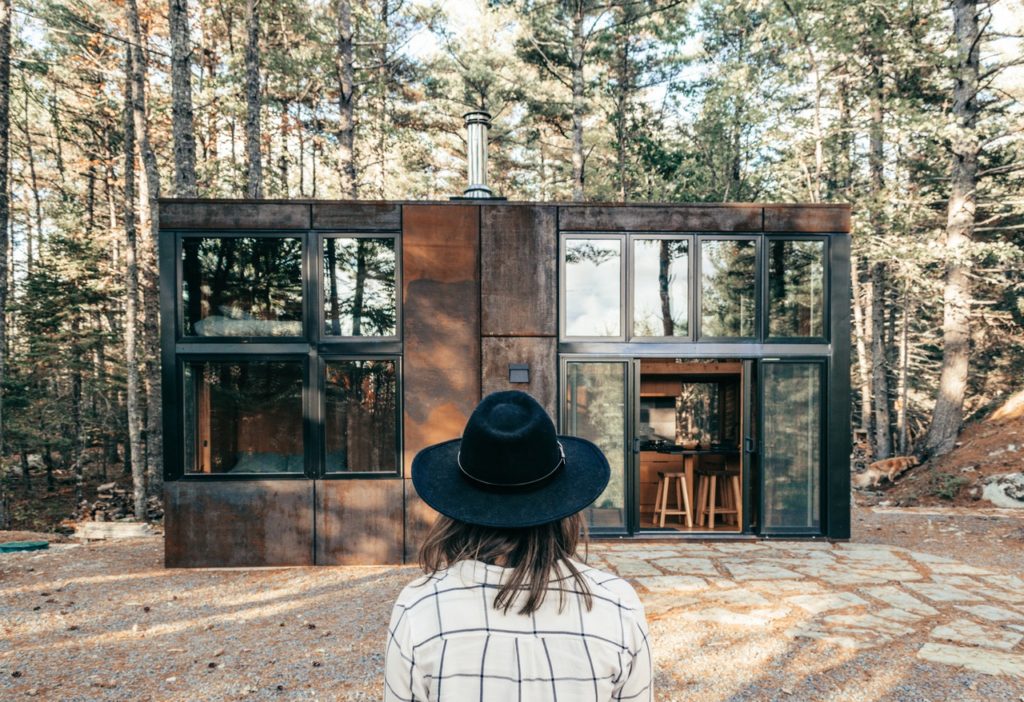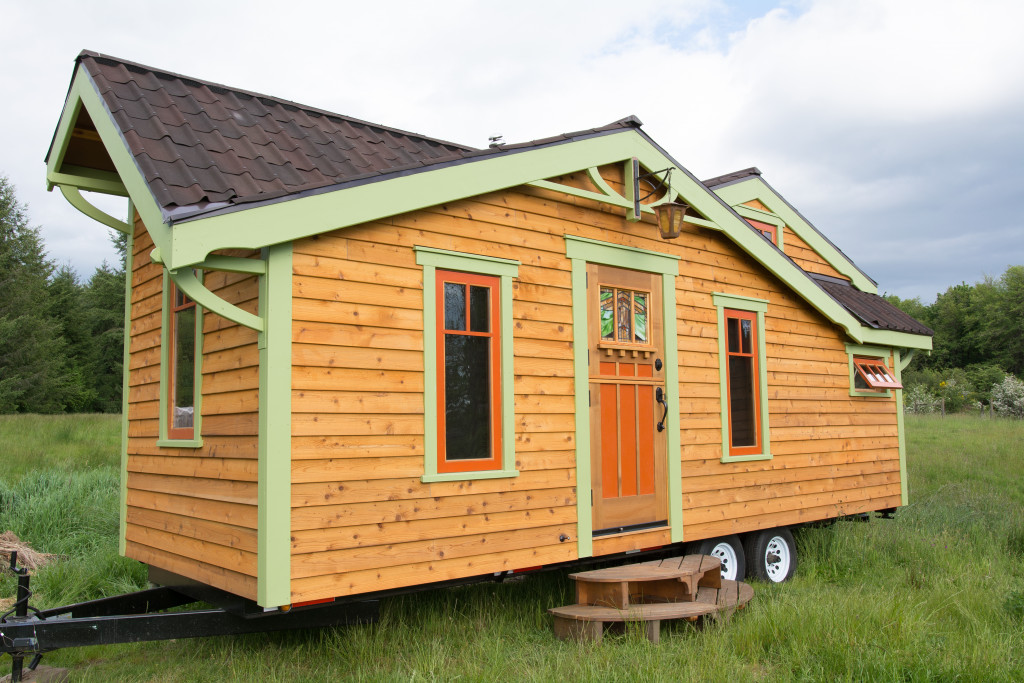In recent years, downsizing by living in a tiny house has become popular. This lifestyle offers a number of amazing benefits, from having less clutter, more savings, and minimal maintenance. It also provides individuals and families with the flexibility to travel to different places and become as sustainable as they want to be.
However, if you’re someone who’s looking to build your own tiny home and are also interested in finding a location to settle in for a longer time or even permanently, here are some important things you need to do first.
1. Take advantage of the network
This is definitely the best way for you to get recommendations on the best spots to build or park your tiny house. Seek suggestions from other tiny homeowners in your local area, if there are. If you’re looking to buy land, you can talk to a real estate agent so you can easily boost your search. Find a professional with relevant experience and skills, especially in your tiny house build.
In case you’re searching for land online, choose a qualified listing agent. If the lot is for sale, it’s still best to acquire the help of an agent to make the process easier. Having an agent will guide you throughout the process of purchasing land. Moreover, they will be able to give you pointers on how to select the ideal land for your home.
2. Consider the zoning laws
Next, take into account the zoning laws or building codes within the city. This is even more important if you’re planning to stay on the grid, including connecting your house to the city water supply. Building inspectors will come to visit the house to ensure the build is up to the code, so be sure to consider this.
In case you’re not familiar, zoning refers to the rules dictating a certain building’s type, function, and placement. Building codes, on the other hand, specify the safety rules in constructing the structure. To have a better idea, you can talk to a local municipal building code officer about the requirements.
3. Decide whether to rent or buy

Another crucial decision to make is whether you want to rent or buy land. In terms of renting, you have more flexibility to have a change of scenery whenever you feel like to. You can hitch your house to your car and hit the road. As for buying land, you get the freedom to build your tiny home on a fixed foundation and use or shape the land itself based on your personal needs.
If you’re leaning toward renting, look for mobile home lots or public parks that are safe for overnight stays. Be sure to also check on the park’s rules and regulations and billing methods for any utility. If your home isn’t equipped with a compost toilet, choose a park or site that has put effort into bringing in reliable public toilet builders to enhance the sanitation in the park. This type of space typically has free water stations you can connect to, so you won’t have to compromise your comfort.
On the other hand, if you’re planning to buy land, you’ll need first to decide whether to settle in the city or the countryside. Consider your lifestyle and work when making a decision. Also, understand the local weather and climate patterns, so you can already assess what challenges or perks you’ll likely have.
4. Research all about access
Regardless if you’re buying land or just renting for a period of time, you’ll need to research and plan about the accessibility. Where will you get the building materials and utility systems? Is there an alternative energy source to power your tiny home? What about public utilities, such as water, internet and phone signals, sewage, and waste disposal?
If you own a personal vehicle, be sure you have enough space for a parking lot. If this isn’t applicable, search for the nearest transit stations or stops or other accommodations you might need for your daily transportation.
Lastly, choose the spot close to your personally desired amenities. A few examples are fitness clubs, hiking trails, lakes or beaches, places of worship, food places, public parks, farmers markets, shopping venues, and green space. If you’re looking for a place with access to different public transportation methods, consider noise factors, too. It might be convenient to be near a highway or airport, but the noise can be a long-term problem.
Finding the perfect land to build your tiny home plays a major role in the quality of living you’ll have. Focus on your lifestyle needs and preferences while taking note of the tips in this blog. Most importantly, don’t forget to enjoy the perks of simple, tiny living.


